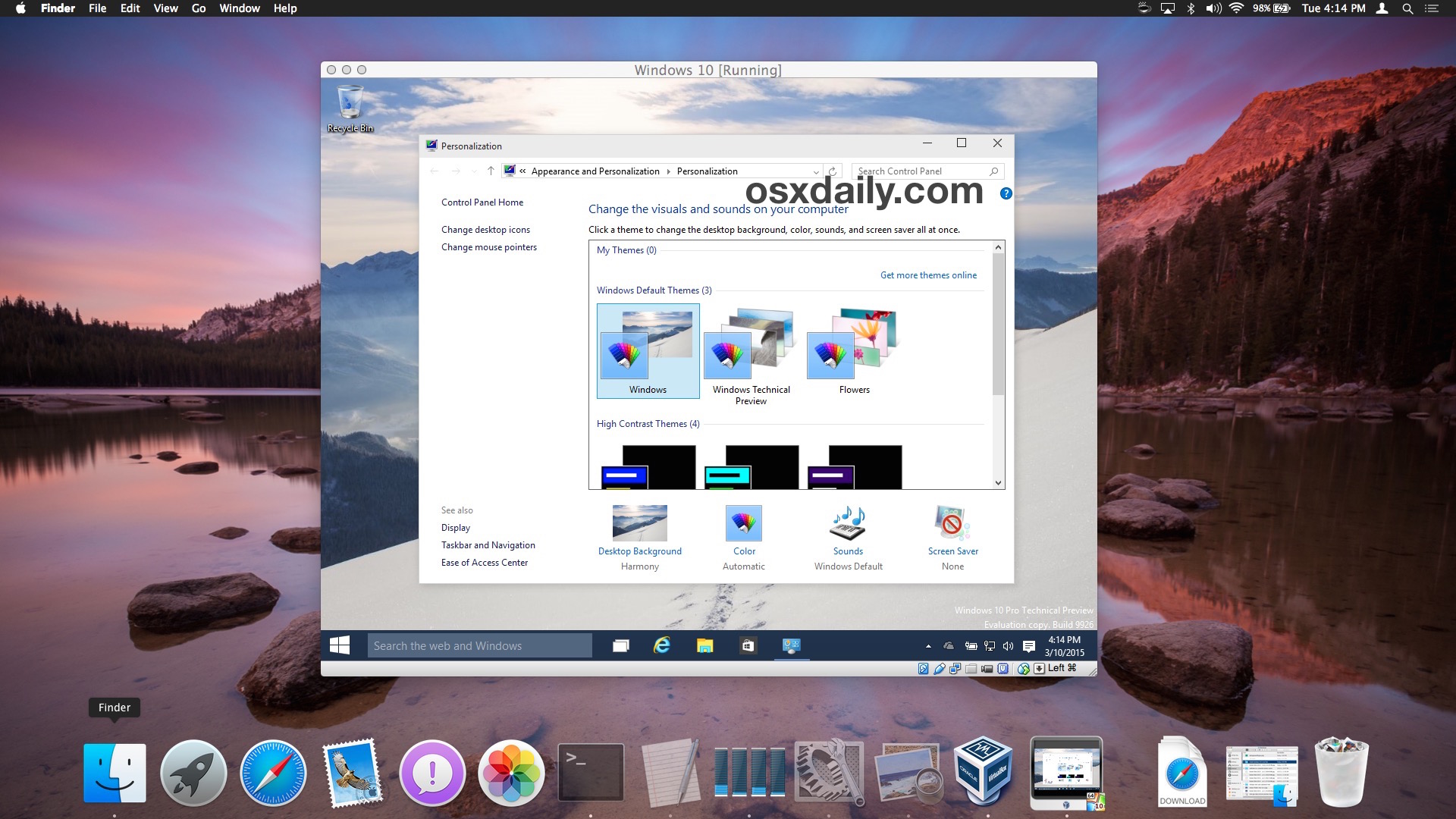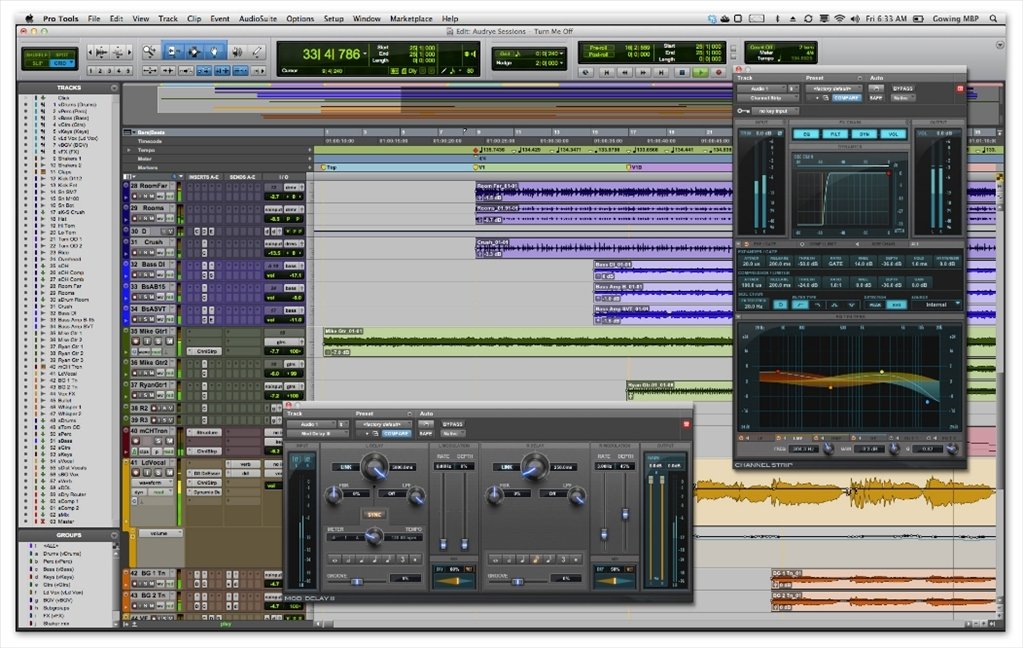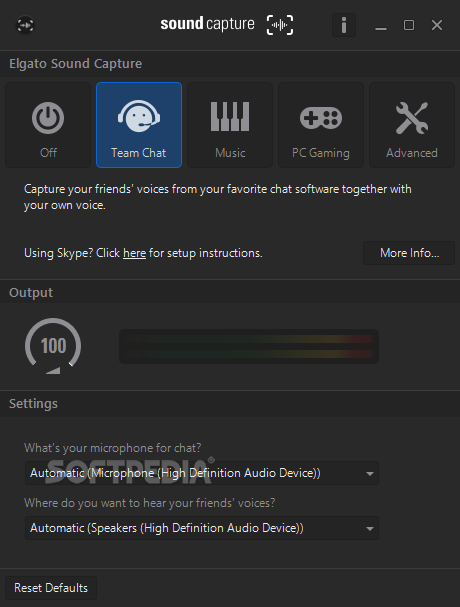

SwitchResX, in particular, offers tons of additional functionality for setting up custom resolutions and refresh rates, but both of these apps can get you in and out of HiDPI mode with just a click. ResolutionTab ($1.99, Mac App Store) ResolutionTab is a “menu bar app for fast switching between Standard & HiDPI display modes.”.
#Easyres mac download password
Just as when you enabled HiDPI mode in macOS, you’ll need to both enter your admin password and reboot your Mac for the change to take effect. $ sudo defaults delete /Library/Preferences/ DisplayResolutionEnabled

It doesn’t hurt to leave HiDPI mode enabled as an option in OS X when you’re not using it, but if you want to remove the HiDPI mode resolutions from your “Scaled” resolutions list, just run the following command in Terminal: When you want to switch back to the default native resolution, just head back to System Preferences > Displays and choose “Default for Display” or your preferred resolution from the “Scaled” list. You therefore likely won’t want to work in HiDPI mode all the time, but once you’ve enabled it with the Terminal command, you can easily switch to it when you want to view a particular app or document with Retina-like quality, or if you want to temporarily make the UI easier to see from a distance without the reduction in quality that accompanies using a “normal” lower resolution, such as when displaying OS X on an HDTV across the room. This works on high-resolution Retina displays because macOS has millions of additional pixels to work with. You’ll instantly see everything appear much sharper, but here comes the caveat: your effective resolution is much lower. This trick reveals additional resolutions for all displays and should list the HiDPI resolutions if they weren’t already visible. Note: If you’re not seeing the HiDPI resolutions listed in System Preferences after using the Terminal command above, try clicking on the “Scaled” radio button while holding the Alt/Option key on your keyboard. Click on one of the HiDPI modes to enable it on your desired display.

Click Scaled to reveal additional resolutions and you’ll see one or more options at the bottom of the list with “(HiDPI)” appended to their resolutions. Most users will likely have the “Default for Display” option checked, which is typically your display’s native resolution. Here you’ll see the familiar preference window where you can set your resolution and refresh rate.

Then press Return to execute the command and, because this is a “sudo” command, enter your admin password when prompted.$ sudo defaults write /Library/Preferences/ DisplayResolutionEnabled -bool true Fire up a new Terminal window and then copy and paste the following command:.


 0 kommentar(er)
0 kommentar(er)
